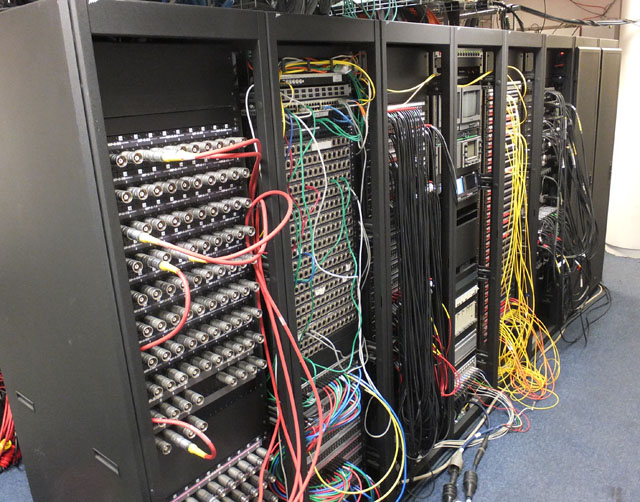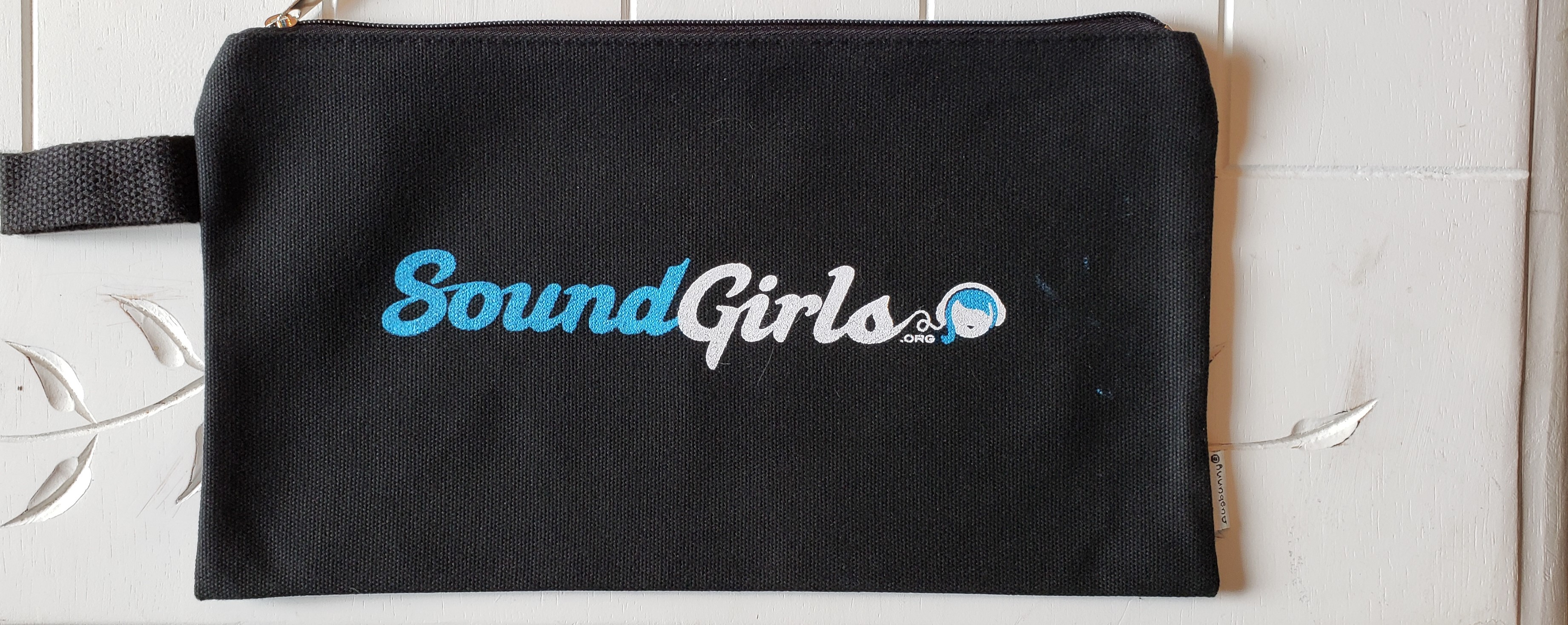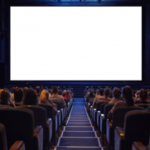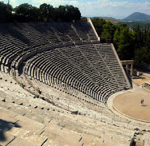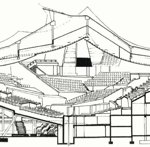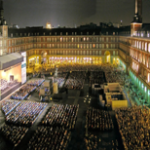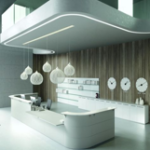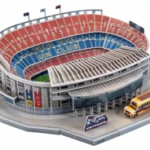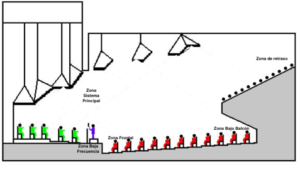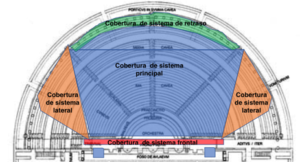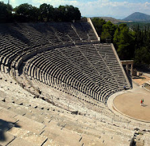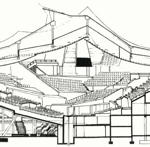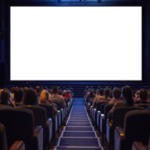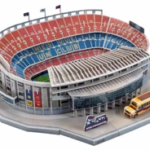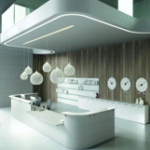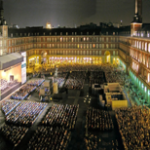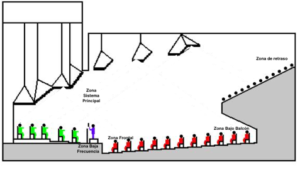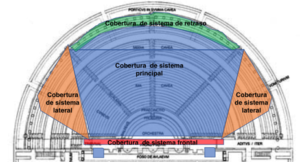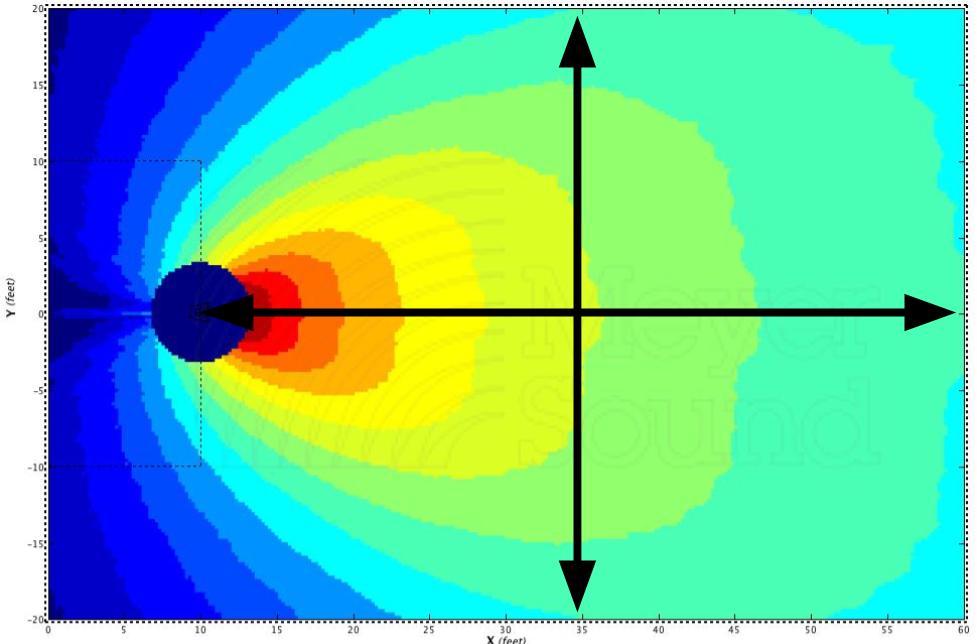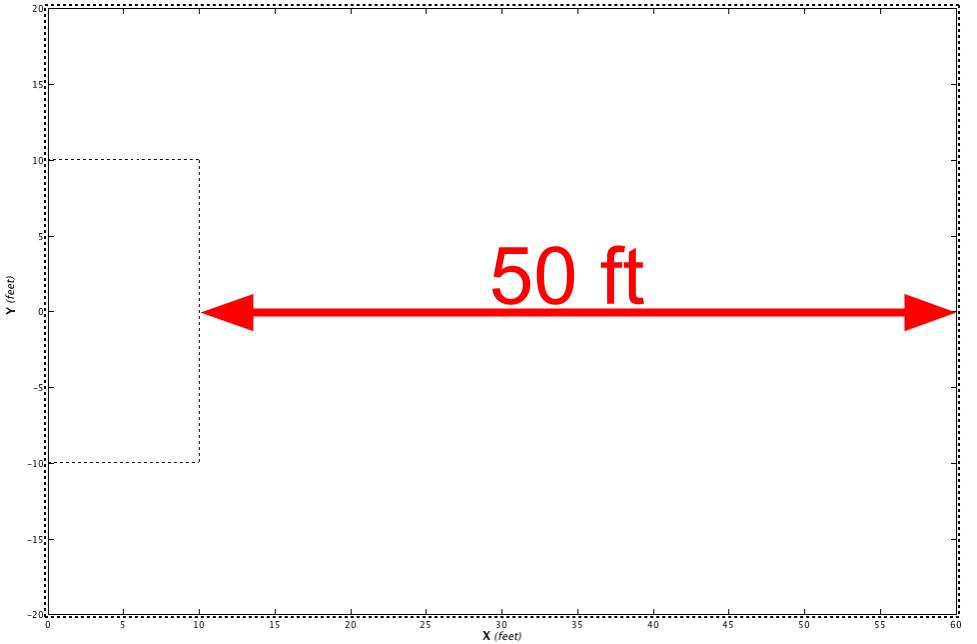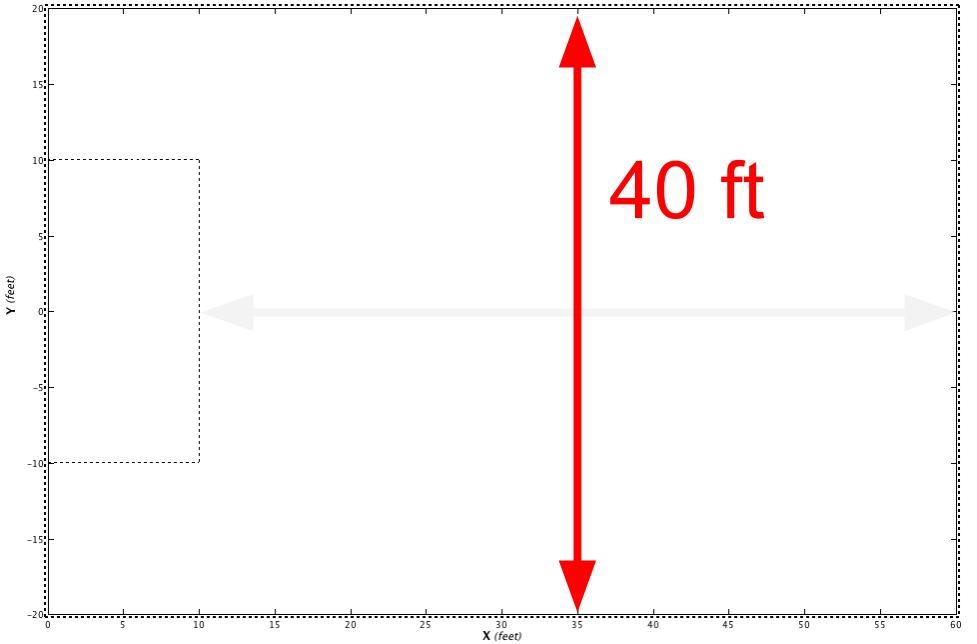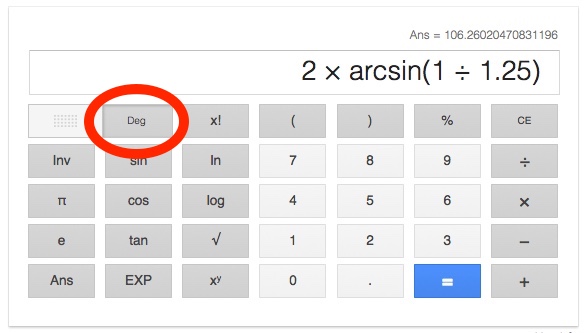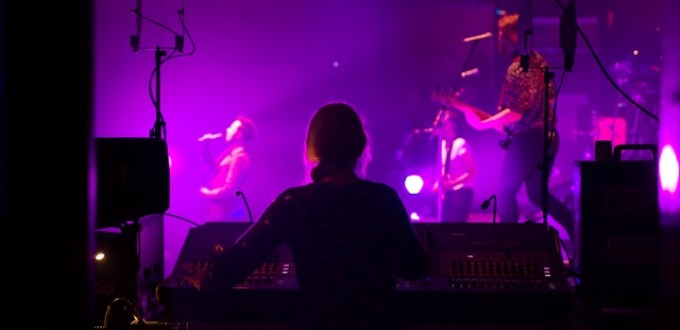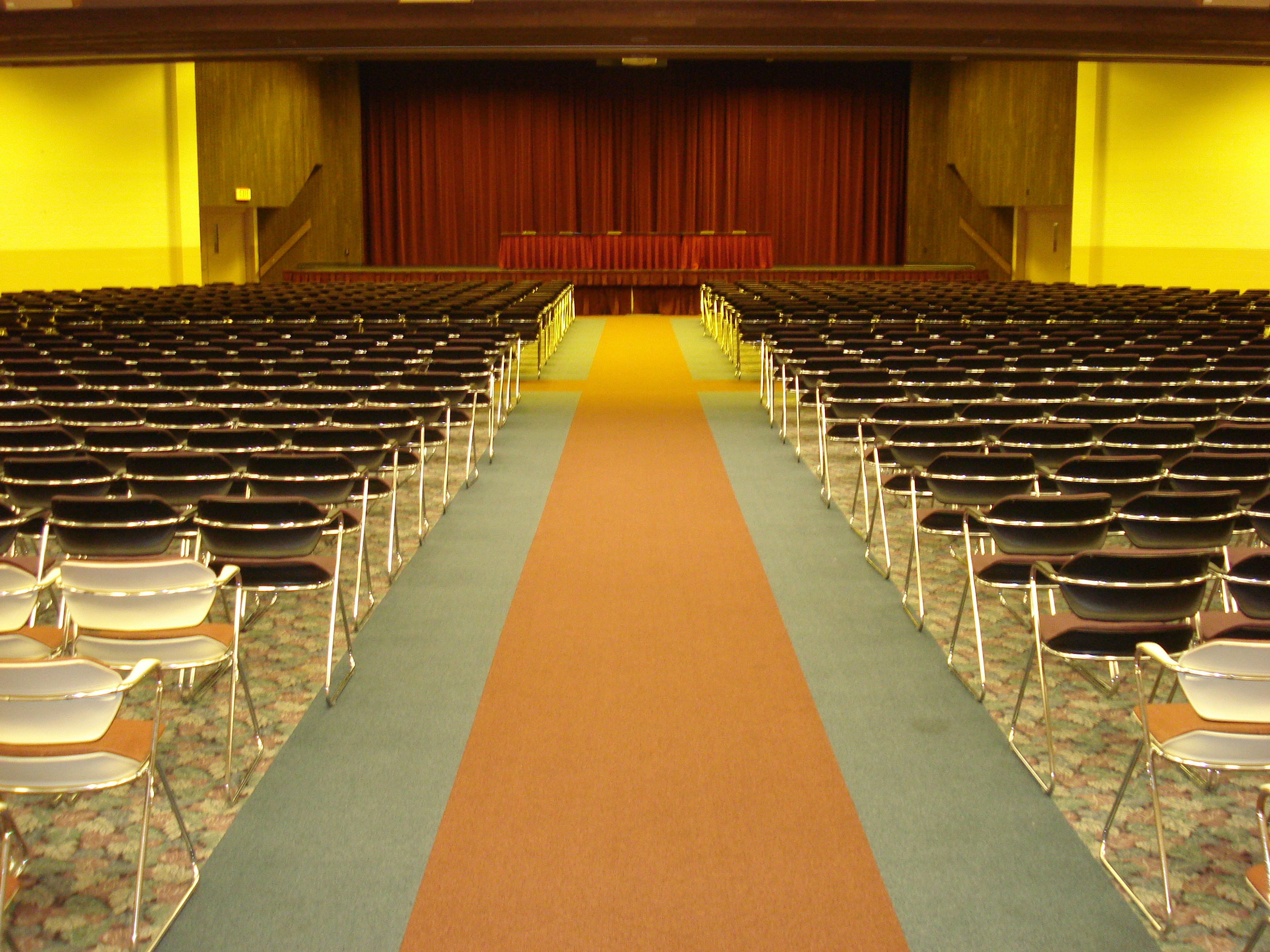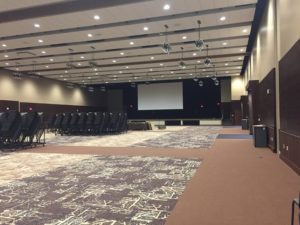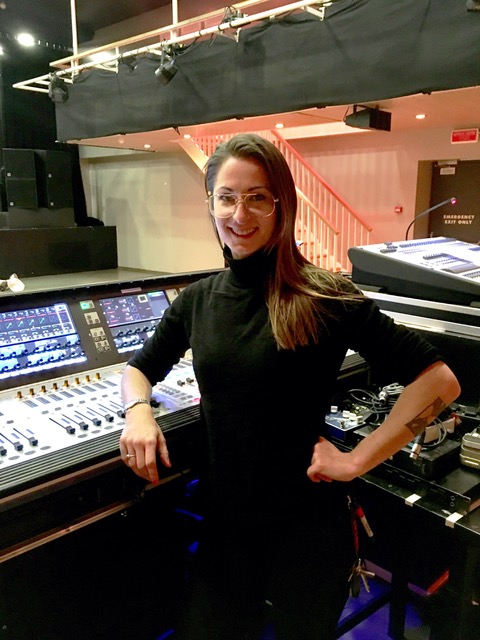Rena Kozak is a FOH engineer and tour manager based out of Calgary, Canada. She has always had an interest in arts and has played in numerous Calgary bands as well as studied painting and drawing at University before becoming a sound engineer.
A talented dancer, Rena was studying ballet at the University of Calgary in 2002 when she injured her foot. Unsure if she would be able to dance again, she considered alternate career paths. A friend of hers, Josh Gwilliam (current chief engineer at OCL Studios in Alberta) suggested she look into the audio recording course at the Academy of Production and Recording Arts in Calgary. By a stroke of luck, Rena’s father had just given her $5,000, a bonus from his job as assistant coach of the Canadian women’s hockey team after they won the 2002 Olympic gold. The audio engineering program cost exactly that amount, and Rena enrolled. After graduating, she began working at a recording studio but found the work of recording commercials to be monotonous.
Instead of pursuing more studio work, Rena interned with an electrical engineer and learned to fix analog equipment. In 2005, this electrical engineer recommended her as FOH for the musical Guys and Dolls. She recounts: “it was an insane opportunity in retrospect, a 24 person cast with a full orchestra… people work for decades to break into that kind of work. It was a crazy stroke of luck. I never thought I would like live sound, it seemed so intimidating, but it was exhilarating to take my knowledge and apply it in the moment to tell a story to an audience.”
After the musical had ended, Rena got a job with a local production company Sound Art, working on shows and maintaining gear in their shop. In 2007, she did a national tour as a monitor engineer for a dance show that featured a live band. Rena felt the road wasn’t for her and found that touring took away her ability to create music or art. She took a house gig in 2008, as house engineer for Mac Ewan Hall. 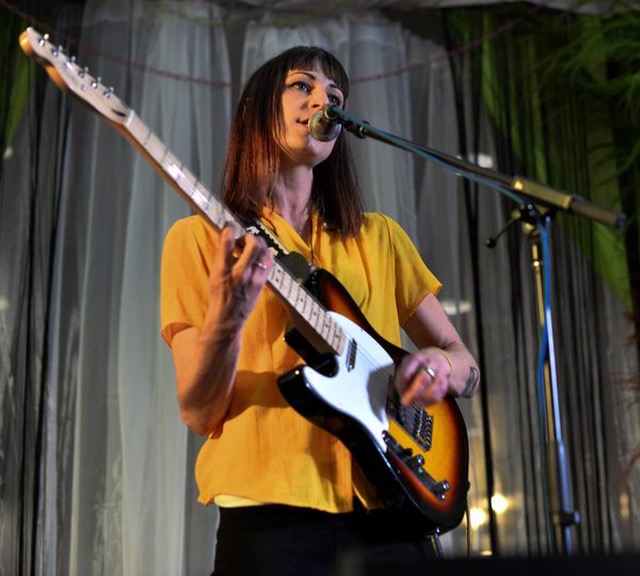
In 2012, her boyfriend passed away suddenly. After grieving, Rena found that she was in a different place mentally: “I wanted fewer physical attachments. I didn’t know where I wanted to live, I didn’t want possessions, I didn’t want to attempt to have a lifestyle that resembled anything permanent for a while so I approached the boys in Preoccupations – who were called Viet Cong at the time and are long time friends – about using me as their touring FOH.”
Preoccupations agreed to hire her, and Rena found herself thriving as a touring FOH. She has worked as FOH for Operators (Montreal), did a run of festival dates with Holy Ghost! (Brooklyn) and even had the chance to fill in on monitors for Beirut for a couple of shows, which she describes as a career highlight.
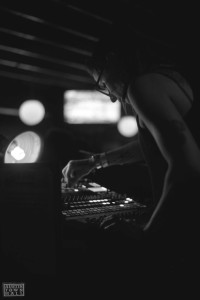
Operators
Although she enjoys being on stage, she has realized she likes touring as an engineer more than as a musician. She thrives on mixing the same show every day and enjoys the challenge of having to work in different rooms. Rena notes that touring can be a psychological roller coaster: it is hard to get to know new people and sharing tight spaces like a van or bus can be taxing. To offset the stress, she tries to eat well and do as much hotel room yoga as possible.
Her favourite piece of gear is her old TAC Scorpion recording console, which she is slowly re-soldering and fixing. In a live setting, Rena likes using guitar pedals as live mix effects – on the fall Preoccupations tour, she was running a couple of FX chains for vocals and drums, in the hopes of recreating the album’s sound. She hopes to get other gigs that allow her to be as creative with equipment.
Regarding must-have skills, Rena believes a willingness to do whatever it takes to get the show done is crucial. “This job is mostly problem-solving – whether it’s solving the actual technical problems with the sounds themselves or repairing broken equipment or figuring out how to safely get the gear through a mud puddle into the venue. There is no problem that cannot be solved; you just haven’t found the solution yet.”
It’s also important to have a solid technical understanding. Knowing how the physics of sound works, knowing how your gear functions and why, understanding the equipment and systems in detail – these things are so important to achieving a good product. The more you know about your tools the better you will be at manipulating them. It can be easy to get by without knowing details – a lot of people work for a long time with very little knowledge, but reading up and building a foundation of knowledge is what will set you apart.”
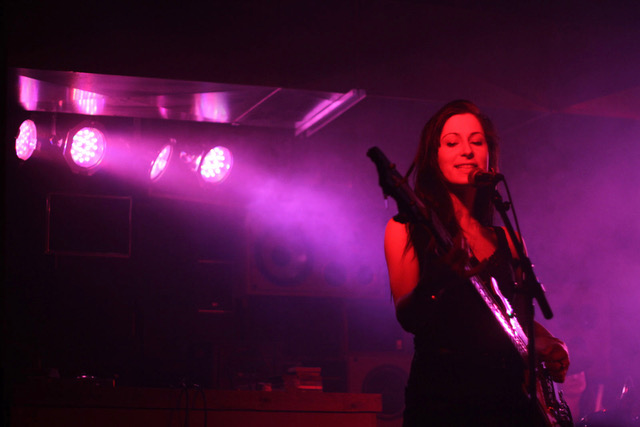
Rena’s long-term goals are to keep touring as a FOH, and to work on her own artistic projects. She has recently finished recording and mixing her first solo record (under the name Child Actress) and is looking forward to writing more music. You can find her on the road with Preoccupations in 2017.
Rena shares some words of advice on the barriers she has faced as a woman in the audio industry, and how to overcome them.
“I’ve been tremendously lucky to have had an exceptional amount of support from so many people I’ve worked with. Of course I’ve faced the obvious challenge of being a girl. While it’s never prevented me from landing good jobs or enjoying my work, more often than not it has absolutely been a factor.
Fortunately, I had a lot of very real support. A lot of dudes who were well respected in the business saw my passion for it and believed I knew what I was doing gave me work and helped me learn and progress. I don’t think most people are as lucky to have as much support as I received.
That being said, it’s been a constant issue. It feels funny answering this question right now because of how I’ve continued to struggle with being female at work even in these last two months. From the guy who wants to carry my case for me (fine, you want to help but it’s my case, it isn’t even heavy, I don’t need you to look after me we are peers here) to the old house sound guy who tries to tell me how to EQ my wedges until I demonstrate to him how my EQ curve was actually cleaner than his, to the TM who makes side comments about not liking “having to listen to a woman”. It isn’t gone. I’ve been at this for nearly 15 years and it’s still there. But, it’s better. There are more of us, and things are changing.
I have always been great at handling the old-school sound guy personality type. I’m great with a quick joke and talking to them like I am their equal. I’m rarely intimidated, and I’m quick to win most of them over with my personality.
I’ve also recently found I’ve needed to deal with my own internalization of systemic sexism. Trying to remain calm and remind myself why I love this work and that I deserve to be here doing it, and trying my best not to react with anger as much as possible. I am very actively working on this right now, trying to be Zen and maintain confidence at all times. I find the best way of thinking about it is to remind myself that I have to COMMAND respect and not DEMAND respect. Don’t get angry, just be confident and execute your work as perfectly as you know-how and this will generate respect from your peers.
Do you have advice for women and other young people who wish to enter the field?
“Do not be intimidated by anyone. You have as much or more right to be there as anyone else.
And for those who are just beginning and feeling intimidated by the equipment or the technical side of it, shake that off and remember that you are capable of comprehending anything technical – and remind yourself of some of the sound guys you’ve met along the way.They aren’t all geniuses, are they? If they can do it even just a little, you can do it epically well.
And call me up! I love to teach; I’m happy to take on any ladies who want to apprentice or just ask questions.”
You can contact Rena and find out more about her upcoming projects through her website

